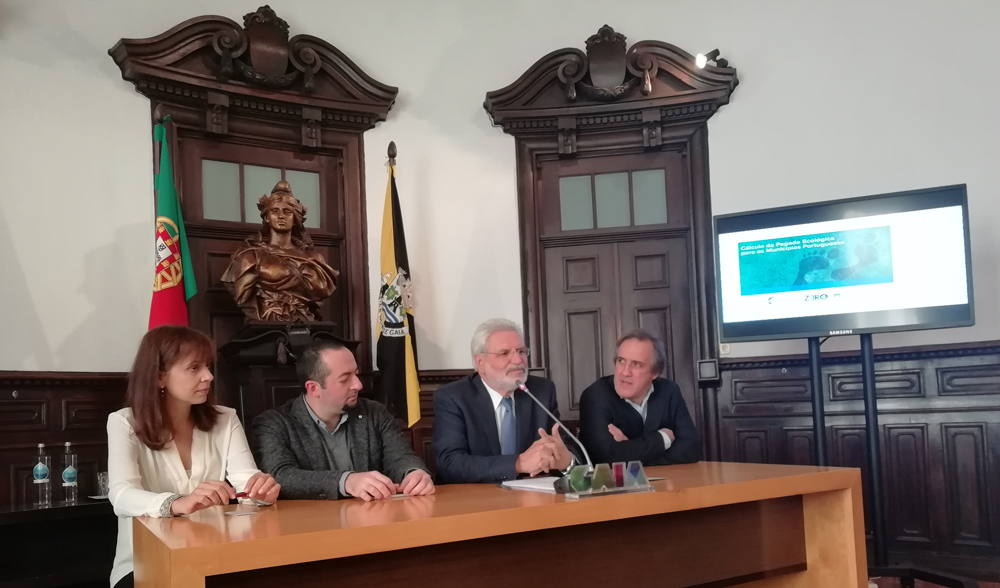Global S&T Development Trend Analysis Platform of Resources and Environment
| Vila Nova de Gaia, Portugal publicizes city Footprinting project results | |
| admin | |
| 2018-10-30 | |
| 发布年 | 2018 |
| 语种 | 英语 |
| 国家 | 国际 |
| 领域 | 资源环境 |
| 正文(英文) |
Arch. Miranda praised the involvement of Vila Nova de Gaia and commended the city’s mayor, Eduardo Vítor Rodrigues, for his decision to embark on the project. He also stressed the importance of innovation as well as the need to educate people on environmental issues in order to protect our environment. Following Arch. Miranda speech, Paulo Magalhães, city Footprinting project coordinator at ZERO, and Alessandro Galli, Global Footprint Network’s director of the Mediterranean program (pictured right), gave their presentations, both stressing the importance of cities as sustainability actors. The findings of the Ecological Footprint and biocapacity analysis for the municipality of Vila Nova de Gaia for the year 2016 were presented by Sara Moreno Pires, professor at the University of Aveiro:
An animated debate ensued, focusing on issues such as tourism (which affect sectors such as transportation that impact the Footprint of the municipality) and the accuracy with which the Footprint method can track it; commuting trends across the wider metropolitan area of Porto; ways in which local biocapacity can be maintained or increased; last but not least, electricity production and consumption. The meeting concluded with two comments:
For the complete list of public events on the six-day road tour of the Ecological Footprint of the Portuguese Municipalities Project, please click here. 
|
| URL | 查看原文 |
| 来源平台 | Global Footprint Network |
| 文献类型 | 新闻 |
| 条目标识符 | http://119.78.100.173/C666/handle/2XK7JSWQ/242651 |
| 专题 | 资源环境科学 |
| 推荐引用方式 GB/T 7714 | admin. Vila Nova de Gaia, Portugal publicizes city Footprinting project results. 2018. |
| 条目包含的文件 | 条目无相关文件。 | |||||
| 个性服务 |
| 推荐该条目 |
| 保存到收藏夹 |
| 查看访问统计 |
| 导出为Endnote文件 |
| 谷歌学术 |
| 谷歌学术中相似的文章 |
| [admin]的文章 |
| 百度学术 |
| 百度学术中相似的文章 |
| [admin]的文章 |
| 必应学术 |
| 必应学术中相似的文章 |
| [admin]的文章 |
| 相关权益政策 |
| 暂无数据 |
| 收藏/分享 |
除非特别说明,本系统中所有内容都受版权保护,并保留所有权利。
修改评论